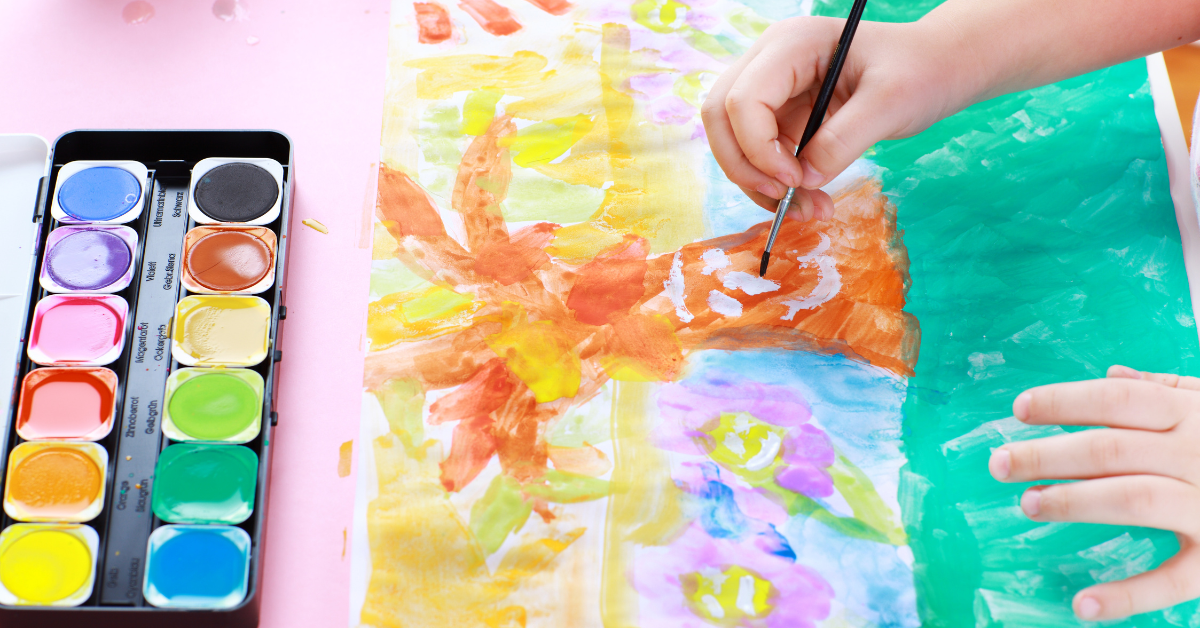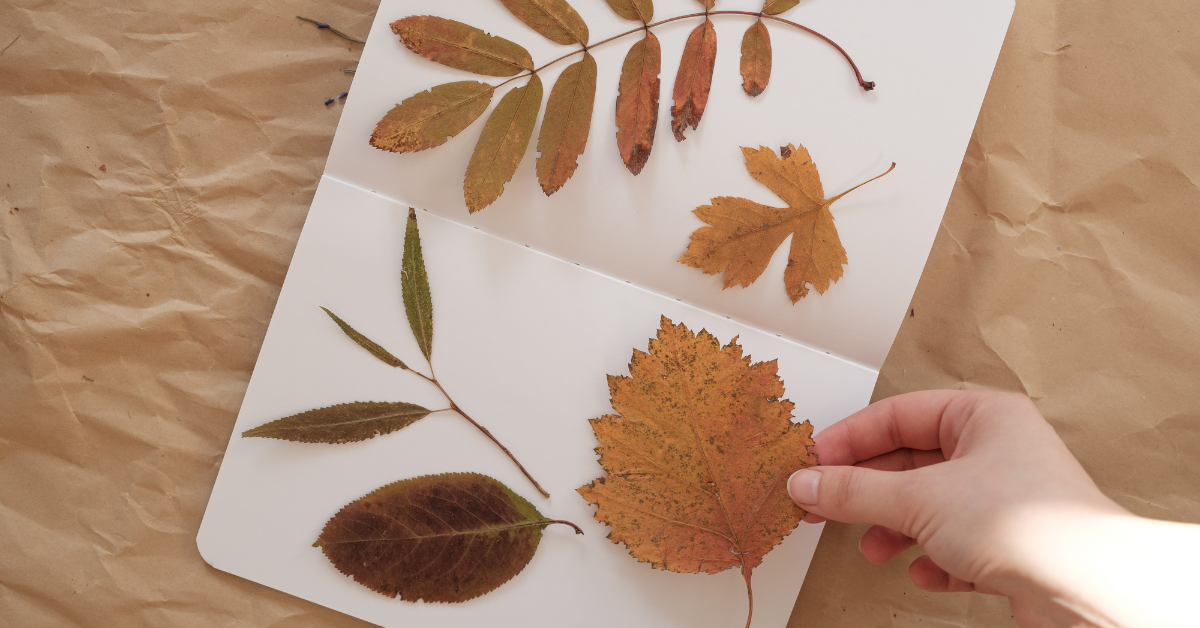Exploring plants through Waldorf-inspired learning offers homeschooling parents a chance to teach science in an engaging, nature-focused way. The Waldorf educational approach emphasizes hands-on, experiential learning that invites children to build a deep connection with the natural world. This method cultivates curiosity, observation skills, and a love for nature—all while fostering academic development.
If you’re looking for ways to incorporate Waldorf plant study activities into your homeschool curriculum, this guide covers practical, actionable strategies. From immersive nature walks to thoughtful seasonal projects, here’s how to approach teaching botany the Waldorf way.
Nature-Based Learning In Waldorf Education
At the core of Waldorf education is a philosophy that nature is the ultimate classroom. Instead of relying solely on textbooks or structured instruction, children are encouraged to engage all their senses in exploring the natural world. For plant study activities, this approach inspires kids to observe growth cycles, understand ecosystems, and interact with plants personally.
Here’s why nature-based learning works so well in the Waldorf approach—and how to implement it at home for plant study lessons.
- Hands-On Observation
Waldorf education prioritizes direct experiences over lectures. For instance, instead of reading about how roots grow, your child will watch a seed sprout in a glass jar at home or observe a plant’s transitions at a nearby garden or park.
- Seasonal Rhythms and Cycles
Understanding nature’s seasons is essential in Waldorf learning. This can be beautifully paired with plant studies, as you and your child observe blooming in spring, growth in summer, harvest cycles in fall, and dormancy in winter. These rhythms help children connect deeply with the environment and track tangible changes.
- Aesthetics and Creativity
Artistic expression is key in Waldorf education. While studying plants, children can sketch leaves, paint seasonal landscapes, and even craft models of flowers or seed pods. Creativity helps children internalize complex scientific ideas naturally without rote memorization.
- Connection to the Environment
Nature-based learning fosters respect for the Earth. Demonstrating the role of plants in ecosystems during these lessons can emphasize sustainability and stewardship while teaching science. Examples include exploring how plants clean the air or how pollinators and plants rely on each other.
By emphasizing these principles, you can align your homeschool plant study lessons with the rich, experiential nature of Waldorf learning.

Immersive Waldorf Plant Study Activities
Immersive activities can make plant studies come alive for your children. Here are some practical Waldorf-inspired projects and lessons you can start trying today.
- Seed-Sprouting Experiments
One of the simplest yet most fascinating activities for kids is sprouting seeds. This experiment demonstrates the plant life cycle in a tangible way.
Here’s how to get started:
- Gather clear glass jars, cotton wool, and different kinds of seeds (such as beans, lentils, or sunflower seeds).
- Place damp cotton wool inside each jar, leaving enough room for seeds to sit near the edge where they’ll be visible.
- Position the jars in various indoor spots, such as sunny windowsills or shaded corners.
- Keep a daily journal. Encourage your child to draw and describe the changes they observe in each jar. Ask questions like, “What does the seed look like today?” or “How did the light affect the plant’s growth?”
This simple activity demonstrates germination and encourages curiosity about how different conditions affect plants.
- Nature Walk Plant Scavenger Hunts
A Waldorf favorite, nature walks offer the perfect opportunity for children to see, touch, and categorize different plant types. Turning your walks into a scavenger hunt can make the experience even more engaging.
Here’s a step-by-step guide for a plant scavenger hunt:
- Prepare a checklist of items to find ahead of time, such as a maple leaf, dandelion, acorn, moss, flower petal, or pinecone.
- Equip your child with a clipboard, pencil, and magnifying glass to enhance their explorations.
- Guide them to spot and identify various plants in their natural environment. Discuss which plants grow in sunny versus shaded areas or why some plants thrive in wetter soil.
- Once home, encourage your child to sketch or paint their findings and discuss the unique features of each plant.
This activity blends basic botany lessons with physical activity, problem-solving, and artistic creativity.
- Creating a Home Herb Garden
Herb gardening is a hands-on project that introduces children to plant care while sparking an interest in sustainability. This activity doubles as a long-term learning opportunity as children monitor plant growth over weeks or months.
Steps for starting an herb garden:
- Choose fast-growing herbs like basil, mint, or parsley.
- Allow your child to select pots, decorate them, and help set up a sunny growing area with proper soil and tools.
- Teach them daily plant care routines such as watering, pruning, and removing weeds.
- Use the harvested herbs in small cooking or tea-making projects to illustrate how plants enrich daily life.
Overall, this project nurtures both scientific understanding and practical life skills in an engaging, dynamic way.
Integrating Art, Storytelling, & Mythology Into Botany Lessons
Storytelling is another hallmark of the Waldorf approach, and it’s an excellent way to make plant lessons memorable and inspiring. Myths, folktales, and cultural stories about plants can help children form emotional connections to the natural world. For example, you might share the story of Daphne, who transformed into a laurel tree according to Greek mythology, or Native American legends about the significance of corn to indigenous cultures.
Through stories, children learn to view plants as more than scientific specimens—they become part of a bigger, interconnected world. You can then encourage children to write their own plant-inspired tales. Perhaps they create a story about a sunflower that journeys across a meadow, or they imagine what a plant “sees” throughout its life. Storytelling fosters empathy, creativity, and a holistic understanding of nature.
Art is often the centerpiece of any Waldorf curriculum, and incorporating it into your plant study ensures a richer learning experience. Children can explore the intricate beauty of plants while developing essential artistic skills. Begin with observational drawing. Provide your child with fresh flowers, leaves, or seeds to study as they sketch. Encourage them to notice fine details like veins on leaves or the symmetry of petals.
Watercolor painting is another wonderful activity. Children can use soft, natural tones to create pictures of plants in their seasonal settings. Or, have them use handmade paints from natural pigments like flower petals or crushed berries for an eco-conscious twist. Bullet journaling can also be integrated into botany lessons. Encourage your child to keep a “Nature Journal” where they compile plant sketches, pressed flowers, and written observations. This creates a personal nature diary that they can reflect on and build over time.
Not only do these activities enhance scientific observation, but they also develop creativity, patience, and attention to detail, hallmarks of the Waldorf educational philosophy.
Cultivating Curiosity Through Seasonal Plant Projects
Families practicing Waldorf homeschooling can further enhance their plant studies by tying lessons to the seasons. Seasonal projects allow children to see firsthand how nature transforms and adapts throughout the year.
- Spring: Study and plant wildflowers, focusing on their pollinators. Create seed balls to scatter in the yard or local park.
- Summer: Explore trees and learn their unique features. Collect fallen leaves or create bark rubbings. Study fruits, identifying how they form from flowers on trees and plants.
- Autumn: Examine root vegetables like carrots and beets. Show how these plants store energy for the winter. Press colorful fall leaves and bind them into a seasonal scrapbook.
- Winter: Conduct an indoor garden scavenger hunt, identifying dormant plants or taking care of hardy greenery like ferns. Study evergreen trees and their role in ecosystems.
By aligning activities with nature’s seasons, you reinforce the interconnectedness of Earth’s cycles while helping children develop thoughtful observation skills year-round.
These ideas serve as powerful methods to introduce botany while engaging with the Waldorf philosophy of experiential, aesthetic, and nature-centered education. By encouraging exploration, creativity, and deep respect for the natural world, Waldorf plant study activities give homeschooling families a rich way to grow both academically and as stewards of the planet.





